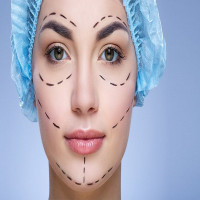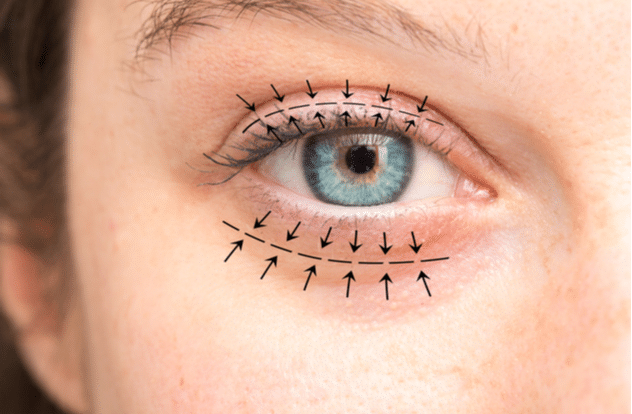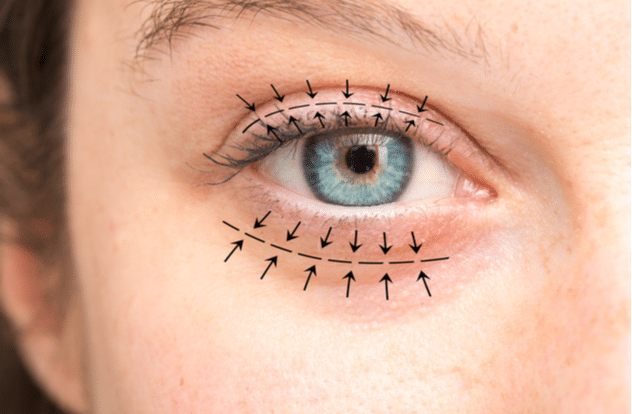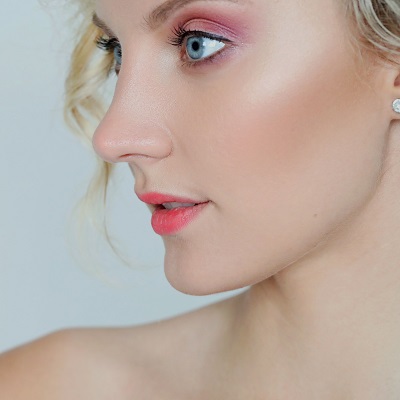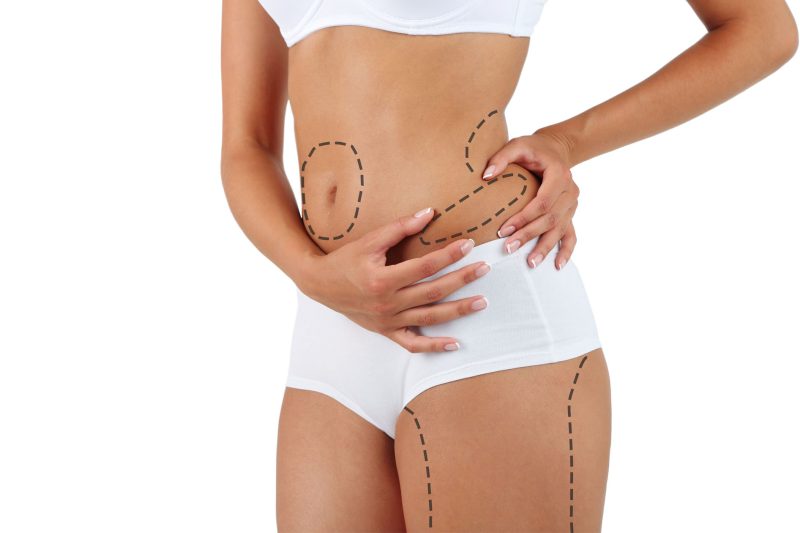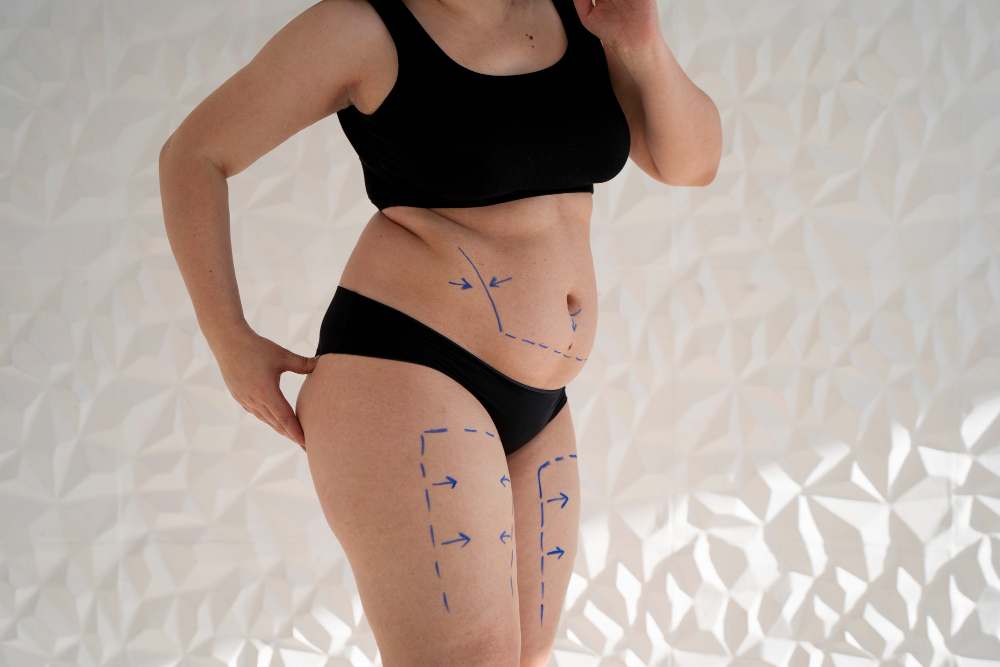Refine Your Profile – Discover the Power of Nose Surgery

Strong 8k brings an ultra-HD IPTV experience to your living room and your pocket.
In the world of aesthetics and confidence, facial harmony plays a significant role. Among all facial features, the nose stands as a central focal point—it helps define your profile, balance your features, and influence your overall appearance. For those who feel self-conscious about the shape, size, or alignment of their nose, nose surgery, also known as rhinoplasty, can offer transformative benefits.
✅ Quick Facts About Nose Surgery (Rhinoplasty)
Procedure Time: 1.5 to 3 hours
Anesthesia Type: General anesthesia
Recovery Time: 7–10 days for daily activities; full healing in 6–12 months
Techniques Used: Open rhinoplasty or closed rhinoplasty
Visible Scars: Minimal to none (especially with closed rhinoplasty)
Ideal Candidates: Healthy individuals with realistic expectations
Lasting Results: Permanent, once swelling subsides
Improves Breathing: Yes, if functional corrections are included
Common Add-ons: Septoplasty, chin augmentation for balance
First Visible Results: After 2–4 weeks, with continued refinement
What Is Nose Surgery?
Nose surgery, or rhinoplasty riyadh (جراحة تجميل الأنف في الرياض), is a cosmetic or reconstructive surgical procedure that reshapes the nose. It can be performed to correct structural issues such as a deviated septum, enhance aesthetics, or both. Whether the goal is to refine the tip, reduce a hump, narrow the nostrils, or straighten the bridge, rhinoplasty allows for customized changes based on each individual’s facial structure.
Why Consider Nose Surgery?
Many people seek nose surgery to feel more confident and at peace with their appearance. A disproportionate or prominent nose can sometimes overshadow other facial features or create insecurities. Rhinoplasty provides an opportunity to bring symmetry and balance, helping the face appear more refined and aligned.
Common reasons people choose nose surgery include:
A bump or hump on the nasal bridge
A drooping or bulbous tip
A crooked or asymmetrical nose
Wide or flared nostrils
Breathing difficulties due to nasal obstruction
The Benefits Go Beyond Aesthetics
While many opt for nose surgery to enhance their appearance, the benefits often extend deeper. One of the most overlooked advantages is improved breathing. Structural corrections during surgery—especially with septoplasty (correction of the septum)—can significantly improve airflow and reduce snoring or congestion.
In addition, the psychological benefits are powerful. Patients often report increased self-esteem, more confidence in social situations, and greater satisfaction with their overall look. When you feel good about your appearance, it naturally reflects in your attitude and energy.
What to Expect During the Procedure
Nose surgery is typically performed under general anesthesia and may last between 1.5 to 3 hours depending on the complexity. Your surgeon will make precise incisions (often hidden inside the nostrils) to access the nasal structure and sculpt the bone and cartilage.
There are two main types of rhinoplasty techniques:
Open Rhinoplasty – A small incision is made between the nostrils to allow more access and visibility for detailed reshaping.
Closed Rhinoplasty – All incisions are made inside the nostrils, resulting in no external scarring.
The choice of technique depends on your individual needs, anatomy, and desired outcome.
Recovery and Results
After surgery, mild swelling and bruising are common for the first 1–2 weeks. Most people return to normal daily activities within 7–10 days. However, subtle changes can continue over several months as the tissues settle into their new shape.
Results from rhinoplasty are typically permanent, and once fully healed, patients enjoy a refined nose that complements their facial features beautifully.
Choose a Surgeon You Can Trust
Choosing the right plastic surgeon is key to a successful outcome. Look for a board-certified specialist with extensive experience in facial surgeries. Review before-and-after photos, read testimonials, and ensure your goals are clearly discussed during consultation.
Final Thoughts
Nose surgery isn’t just about changing how you look—it’s about enhancing how you feel. If you’ve ever felt that your nose doesn’t reflect your true self or detracts from your facial harmony, rhinoplasty could be the solution that unlocks new levels of confidence and self-expression.
Refine your profile. Restore your confidence. Discover the power of nose surgery—because your beauty deserves perfect balance.
❓ Frequently Asked Questions (FAQs)
1. Is nose surgery painful?
Most patients experience mild discomfort rather than pain, which is easily managed with prescribed medication during the first few days.
2. Will there be visible scars after rhinoplasty?
In closed rhinoplasty, all incisions are made inside the nostrils—so no visible scarring. Open rhinoplasty may leave a very faint scar between the nostrils, which usually fades well over time.
3. How long does swelling last after surgery?
Initial swelling and bruising subside in 1–2 weeks. However, subtle swelling, especially at the tip, can take several months to fully resolve.
4. When can I return to work or school?
Most patients return to work or daily activities within 7–10 days post-surgery.
5. Can rhinoplasty fix breathing problems?
Yes. Functional rhinoplasty or septoplasty can correct a deviated septum or other nasal obstructions to improve airflow and breathing.
6. Is the result permanent?
Yes, once the nose heals fully, the result is permanent. However, normal aging may subtly affect the appearance over time.
7. Am I a good candidate for nose surgery?
If you’re in good overall health, have fully developed facial features (usually 16+ years old), and have realistic expectations, you may be a great candidate.
8. Can I combine rhinoplasty with other procedures?
Yes, it is often combined with chin augmentation or eyelid surgery to enhance overall facial balance.
9. What are the risks involved?
Like any surgery, risks include bleeding, infection, asymmetry, or dissatisfaction with the result—but choosing a qualified surgeon minimizes these risks significantly.
10. Will I need a revision surgery?
Most rhinoplasties are successful on the first try. However, a small percentage may need minor touch-ups, which can be discussed after full healing.
Note: IndiBlogHub features both user-submitted and editorial content. We do not verify third-party contributions. Read our Disclaimer and Privacy Policyfor details.

